Avid photographers who want full creative control
over their images should consider a digital SLR (single-lens reflex)
camera. These models offer the advanced features that experienced
shooters need, and all of them are compatible with a wide range of
interchangeable lenses and accessories. Of course, they're generally
more expensive than point-and-shoot cameras, with prices starting at
about $600 for the body only.
The good news is that if you've already
invested in a set of 35mm SLR lenses and accessories, there's a good
chance that you'll be able to find a digital SLR body that's compatible
with them.
Shopping Advice
Advantages that DSLRs have over other cameras generally include a
fast autofocus, larger sensors (which lets you make larger prints), and a
much wider selection of lenses, flashes and other accessories. As such
an established technology, DSLRs can provide entry-level models that are
generally cheaper than equivalent mirrorless or bridge-camera options.
Keep in mind that DSLRs — and their lenses — are typically larger
than most other cameras, which makes them less convenient for those who
want to travel light. Also, many DSLRs are not as good as mirrorless
cameras when it comes to video, as they lack autofocus in this mode, or,
if they do have it, the noise from the lenses can drown out any audio.
That said, there are some DSLRs that excel at shooting video, too.
With a few exceptions, all DSLR cameras come with a one-year
warranty, though you can usually purchase additional coverage from the
manufacturer.
With that in mind, here are our favorite DSLR
Alternative: Canon EOS Rebel T5 ($499)
Although it has a more limited ISO range than the Nikon D3300, the
18-megapixel APS-C sensor in the Rebel T5 takes great photos for the
money. Newbies will also like the easy-to-use controls and the ability
to capture 1080p/30fps video, though autofocus could be faster.
Nikon D5500
Best Under $1,000
Alternative: Canon EOS Rebel T6s ($849)
Canon's new Rebel T6s offers a speedy hybrid autofocus system that
makes capturing moving subjects easy, whether it's shooting stills or
videos. It takes gorgeous pictures with its 24.2-MP sensor and kit lens,
and can record video at 1080p/30 fps. A flip-out tilting LCD helps when
shooting from awkward angles.
Nikon D3300
Price (with 18-55mm VR II lens): £429/$596/A$727
- Sensor size: APS-C
- Pixel count: 24.2Mp
- Screen type: 3-inch LCD, 921,000 dots
- Maximum continuous shooting rate: 5fps
- Maximum video resolution: 1080p

The D3300 is one of the best SLRs for beginners out there and you get a lot for your money.
The
24 million pixel sensor provides bags of detail resolution, and being
able to crop into the image for extra reach (or to improve composition)
is a big help. A higher pixel count can mean a greater risk of noise,
but happily, the D3300 keeps it well under control. Noise only really
becomes apparent at ISO3200 or higher and even then, it's at acceptable
levels.
Another big advantage of the D3300 is its ease of use.
The Guide Mode is a great learning tool for less experienced
photographers, giving real time explanations of important functions and
features. As with several other SLRs in Nikon's range, the D3300 does
without an anti-aliasing filter, the idea being you get sharper, more
detailed shots straight from the camera. Moreover, the 18-55mm lens
collapses down to make it more convenient to carry, which will further
widen this camera's appeal.
There are downsides, but they are
minor disappointments rather than major issues. First, it's a shame the
screen isn't articulated, and it isn't touchscreen either. The D3300
lacks built-in Wi-Fi too, a tad irritating considering this is not the
cheapest starter SLR out there. Otherwise, though, the D3300 is a
winner.
Canon EOS 1200D (or Rebel T5)
Price (with 18-55mm IS II lens): £390/$499/A$568
- Sensor size: APS-C
- Pixel count: 18Mp
- Screen type: 3 inch, 460,000 dots
- Maximum continuous shooting rate: 3fps
- Maximum video resolution: 1080p

The
1100D was a decent entry level SLR that had got pretty long in the
tooth, and its successor is a solid if unspectacular upgrade. It's more
of an update than a rethink, and the specifications, while worthy, won't
make any headlines. These include an 18Mp sensor and the older Digic 4
processor.
Its continuous shooting frame rate of three frames per
second seems a bit leisurely compared to the Nikon D3300's 5fps rates
and as with the Nikon, the 1200 lacks built-in Wi-Fi or NFC connectivity
(though the camera's support for Eye-Fi cards widens the options).
There is no touschscreen either, and you have to download beginners
guides through a separate smartphone app, which again makes the Nikon
D3300 seem a better integrated option. Image performance is decent for
the money, although again the D3300 aces it on detail resolution (the
D3300 lacks an anti-aliasing filter, remember).
Image quality
isn't a massive leap forward from the EOS 1100D, but they are
significantly larger. Also, the 1200D is very keenly priced, and once
you have downloaded the tutorial app (iOS and Android) you will have
plenty of opportunities to get to grips with this SLR and take some good
images.
Sony A-58
Price (with DT 18-55mm SAM II lens): £359/$448/A$607
- Sensor size: APS-C
- Pixel count: 20.1Mp
- Screen type: 2.7-inch LCD, 460,800 dots
- Maximum continuous shooting rate: 8fps
- Maximum video resolution: 1080p

The
Sony is not strictly an SLR, being an SLT (single lens translucent)
device instead. This won't make a massive difference to beginners,
though you do have to use an electronic viewfinder (EVF) rather than a
more conventional optical device.
For less experienced
photographers, the advantages are that you can see the effect of
changing camera settings in real time (via the viewfinder), so there's
less 'chimping' - constantly checking whether an image has worked or not
on the rear screen. The EVF on the A-58 is bright and clear, so it's
all good so far.
Another advantage of the SLT design is accurate
autofocus during fast burst speeds, and the A-58 can deliver up to 8fps,
which makes the rest of the SLRs here look a bit pedestrian. Other
benefits of this innovative camera include impressive low-light
performance, and a wide range of Picture Effects. Sweep Panorama is
particularly useful if you shoot landscapes.
The drawbacks are
relatively slow focusing in more challenging lighting conditions, the
lack of a touchscreen or fully articulated screen and the inability to
use Picture Effects when shooting in raw format. Otherwise, this a
well-specced camera at a competitive price.
As with the Pentax, this is well worth considering if you're not sold on Canon or Nikon.
















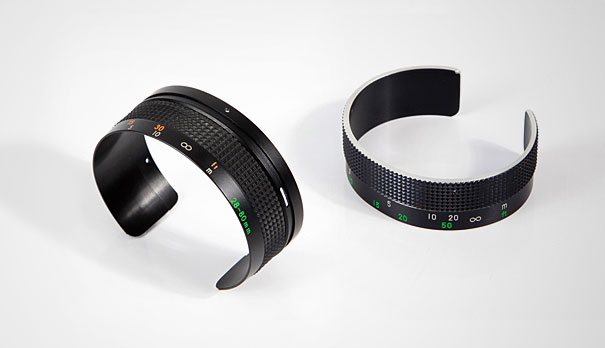
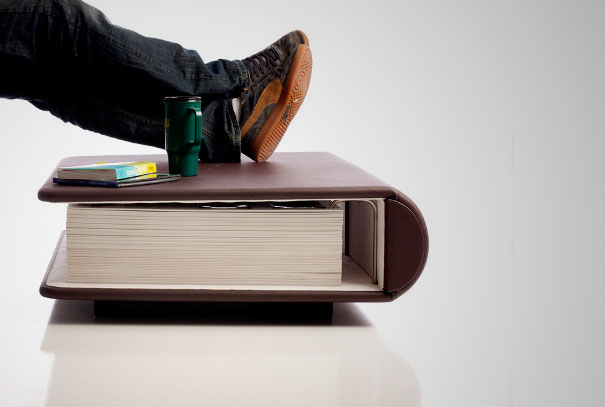
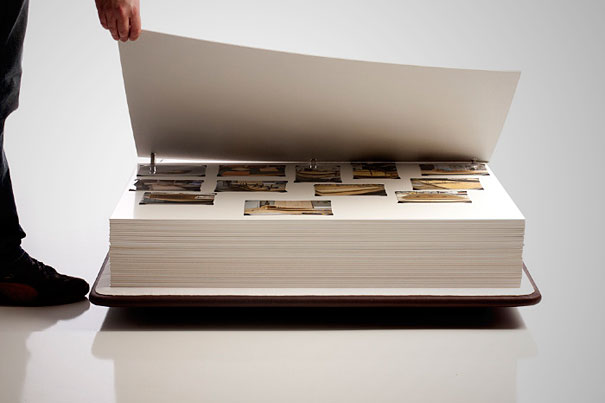
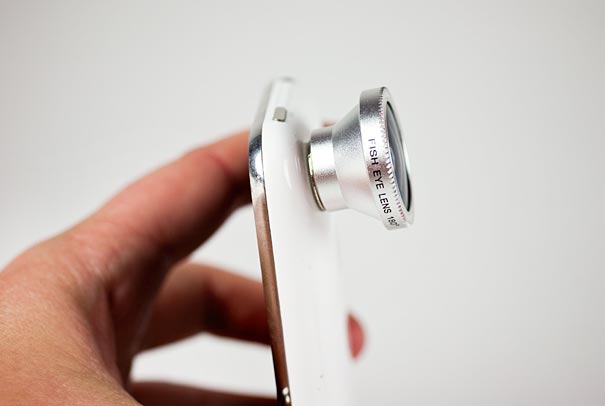
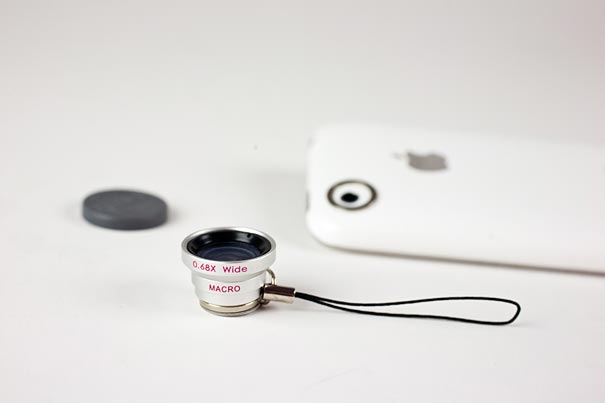
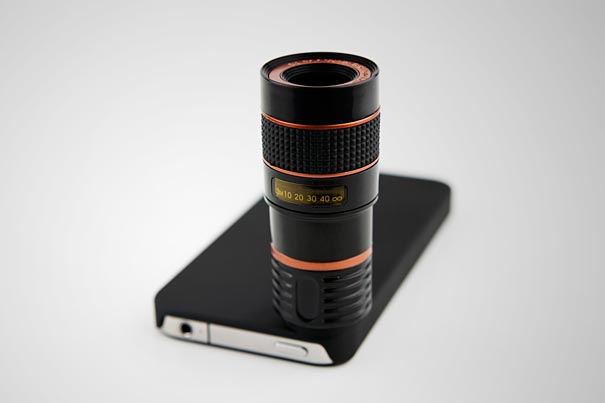
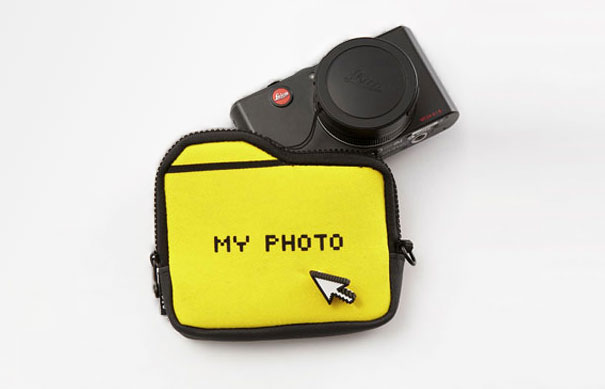
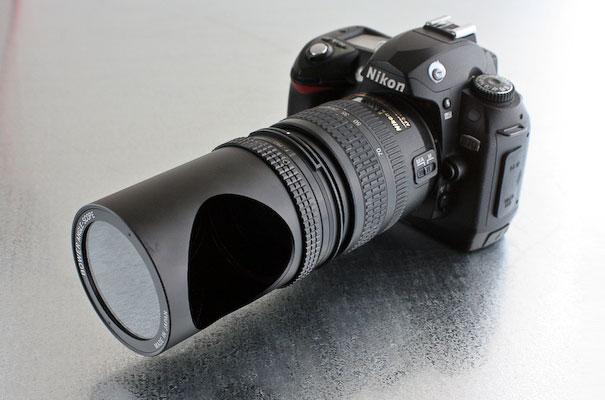
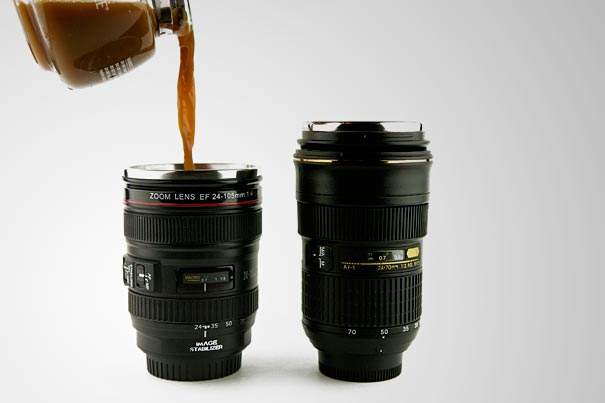
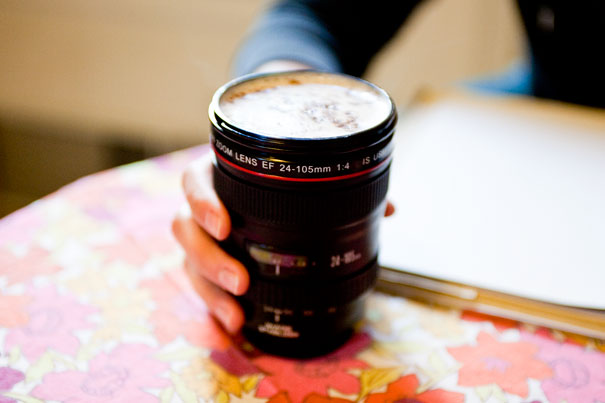
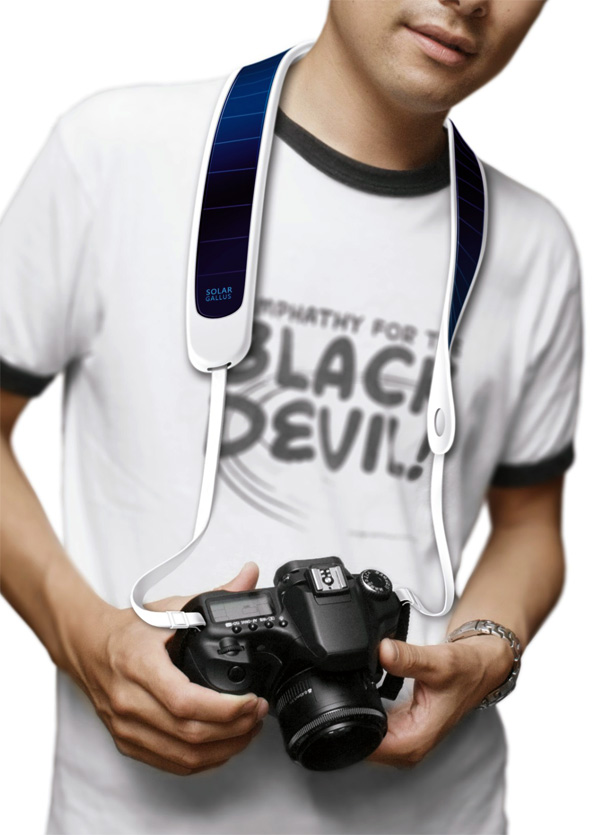
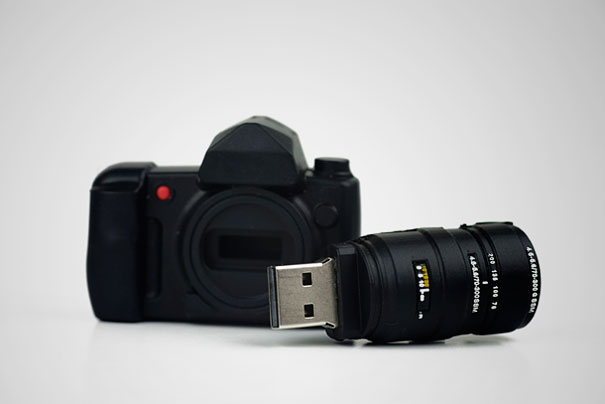
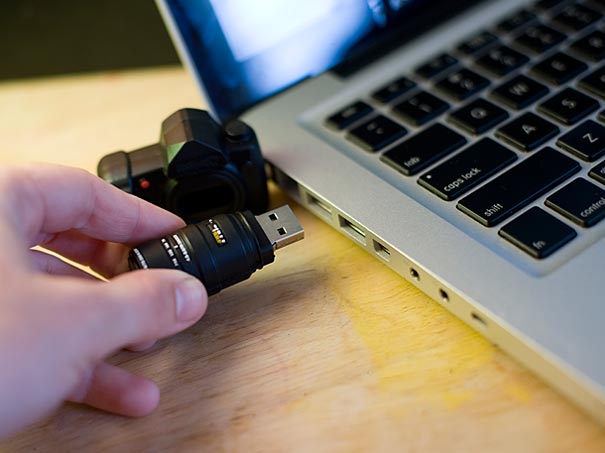
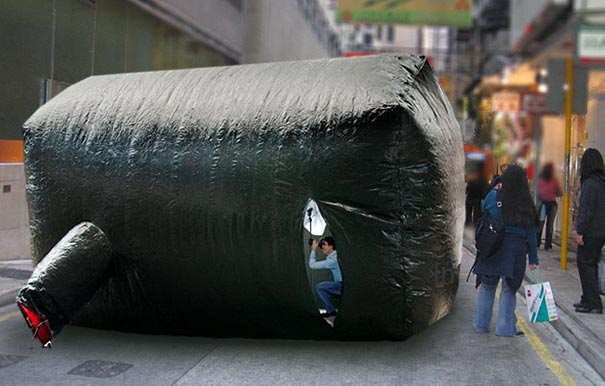
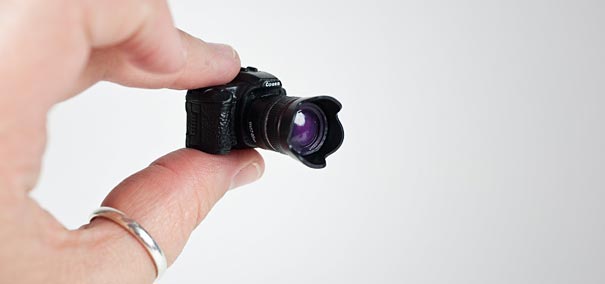
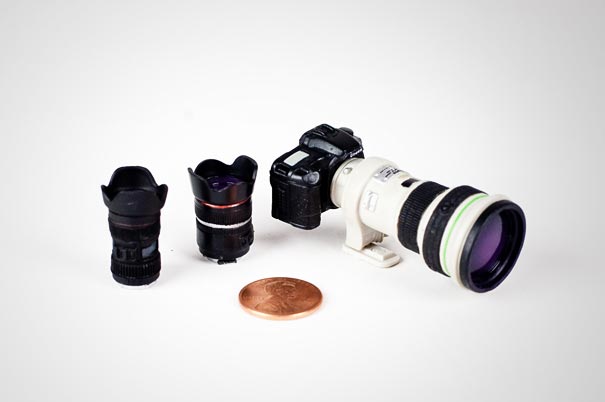
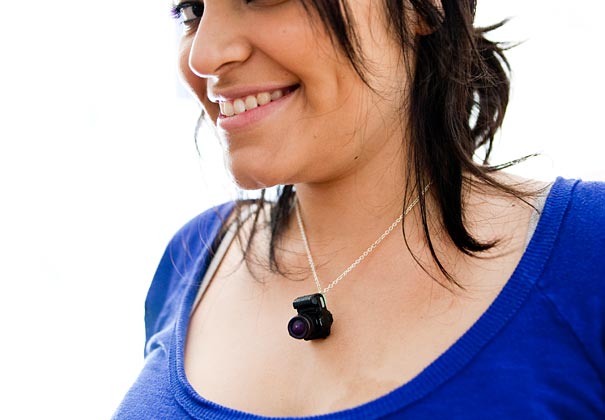
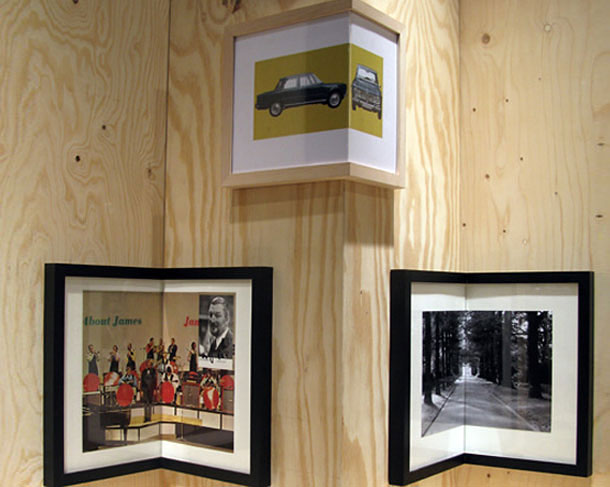
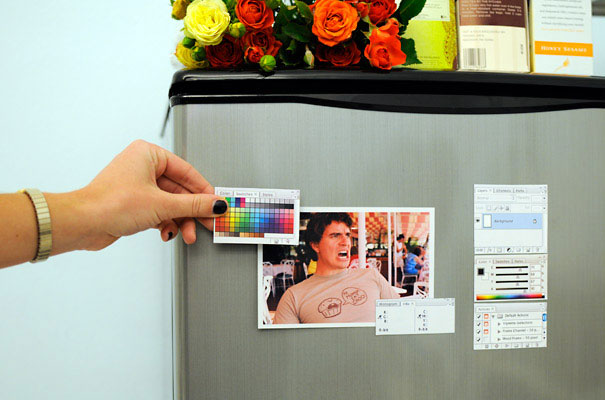
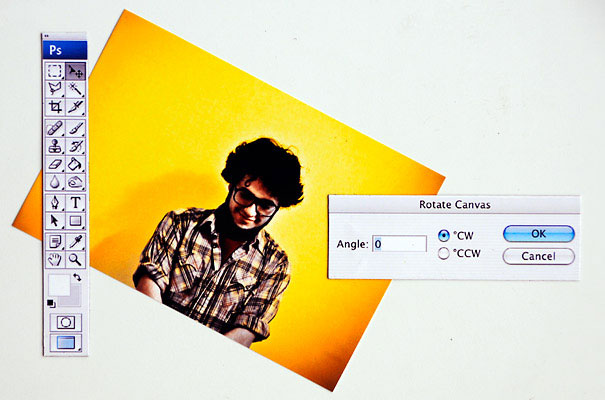
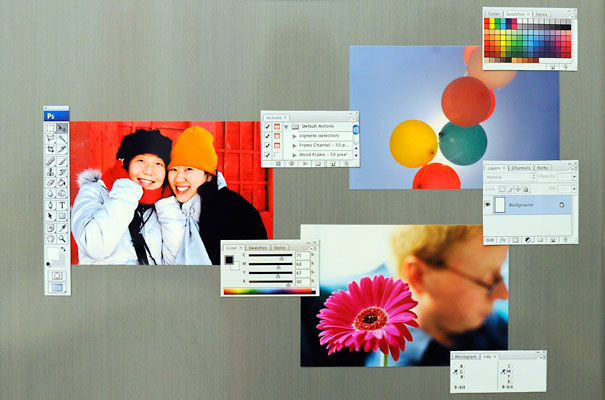
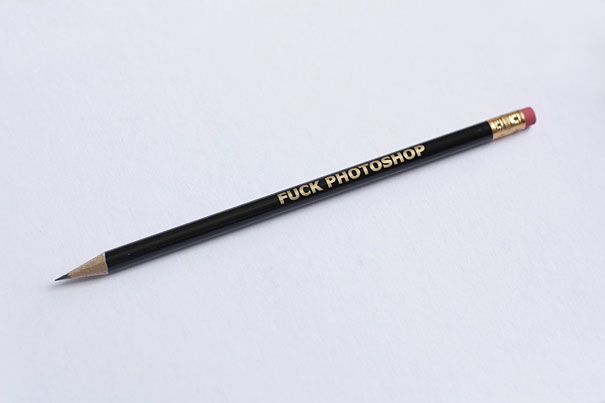
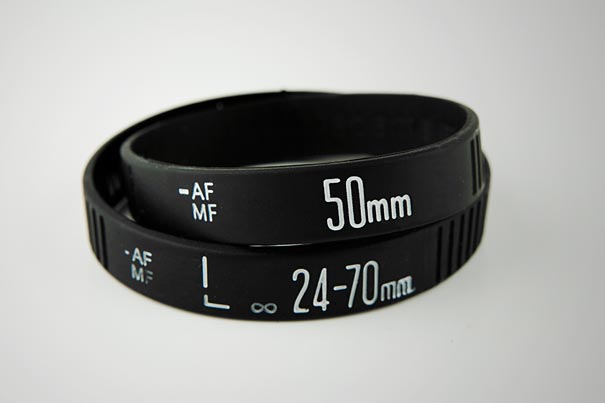
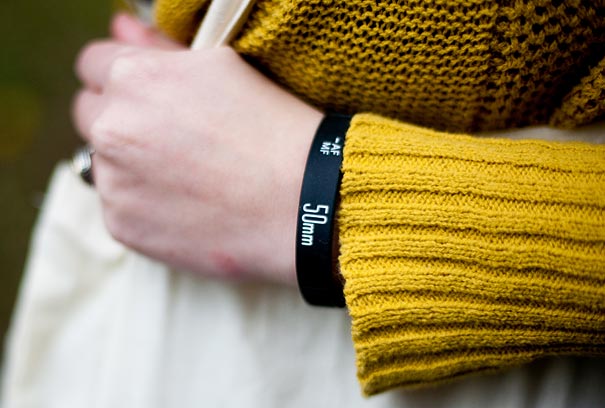

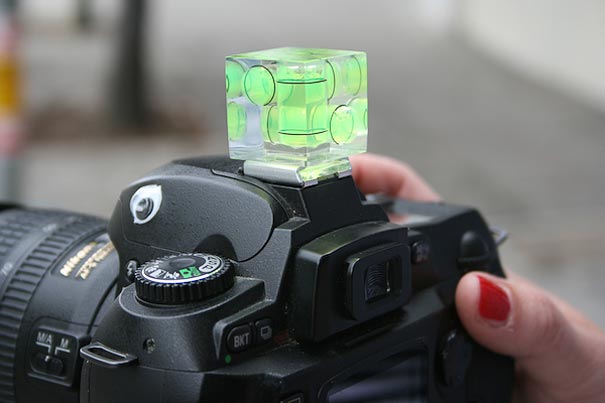
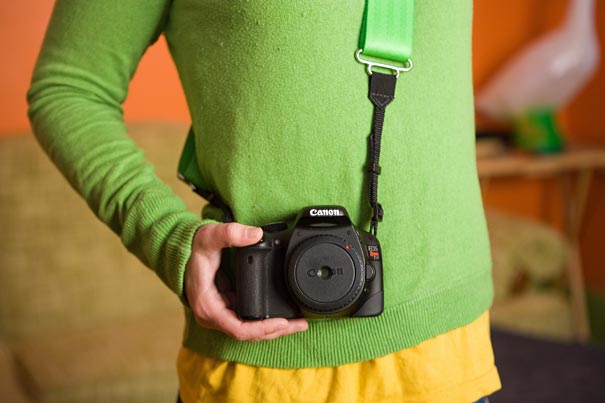
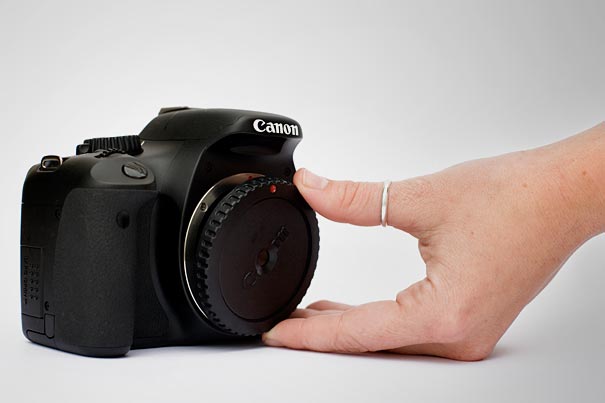
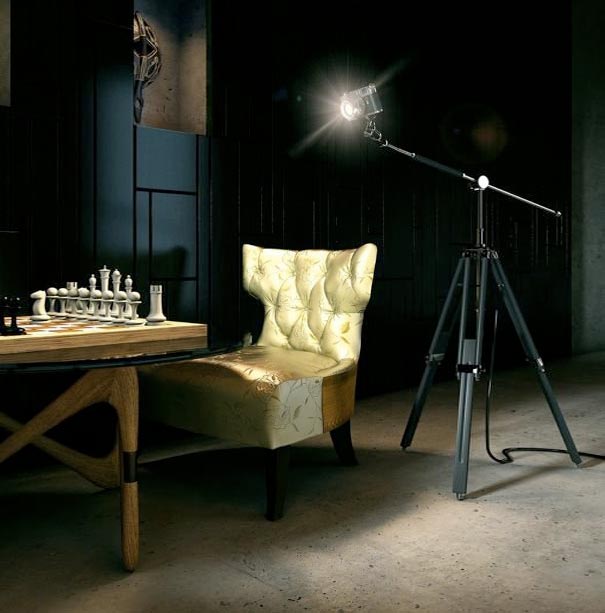
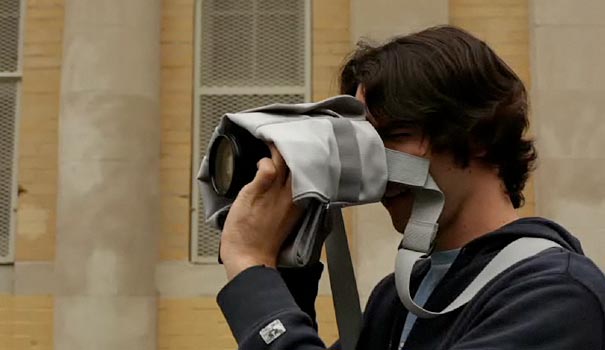
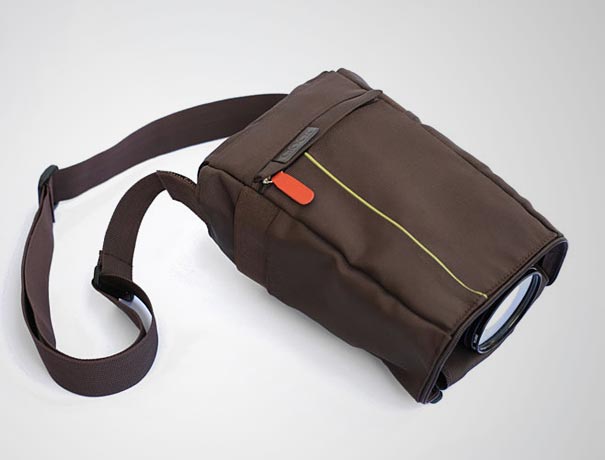
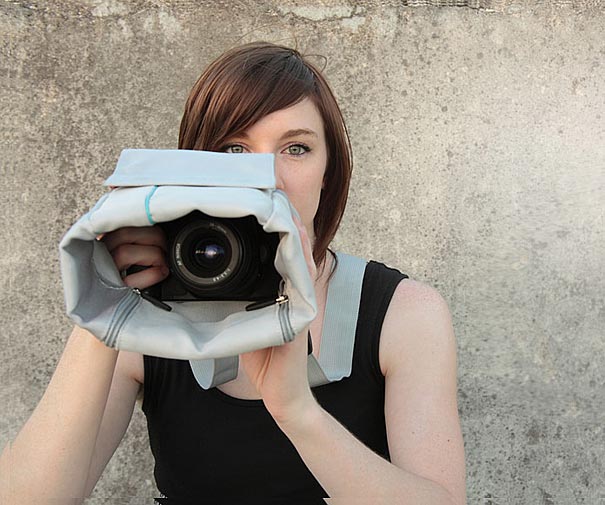
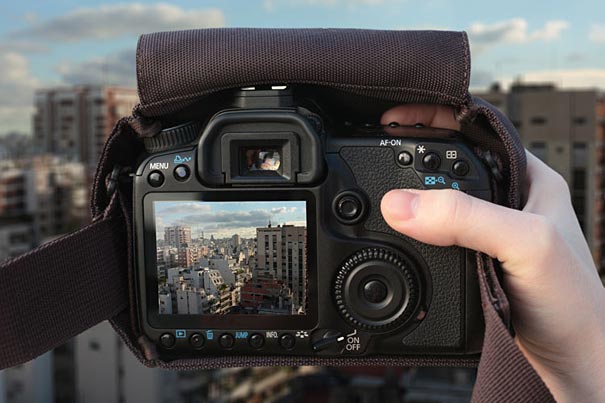
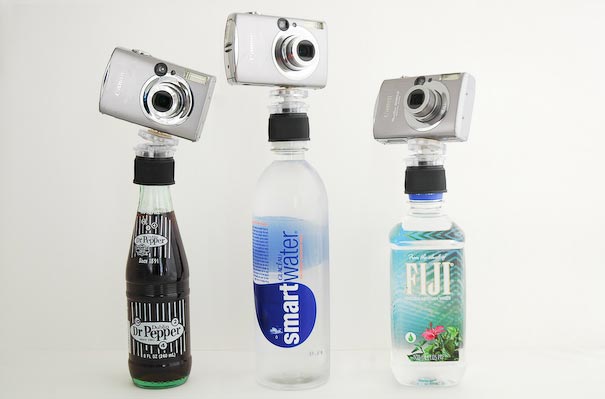

0 comments: